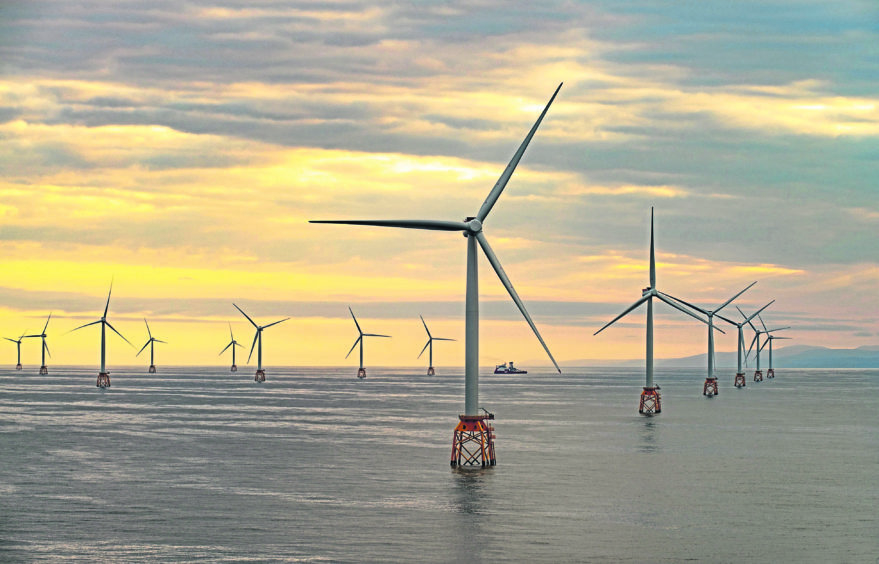
The installation of a major undersea cable in the Highlands contributed an estimated £4.5 million to the local economy.
A new report by Scottish Renewables shows workers spent a combined 91,000 nights sleeping in hotels in Caithness during the installation of the £970 million electricity cable which linked the area to Moray.
‘Renewable Energy’s Rural Impacts’ aims to concisely lay out the “remarkable and undeniable” positive effects of green energy developments on remote communities in Scotland.
The report is split into five sections, focusing on the past and expected future benefits of several projects.
Research carried out by SSE Renewables shows the development of three wind farms and a hydropower station in the Great Glen is forecast to generate £360 million for the local economy.
Meanwhile, the Beatrice Offshore Wind Farm in the Moray Firth is expected to support 370 jobs during its 20-year operations, 100 of which will be permanent posts in Wick.
Nick Sharpe, Director of Communications and Strategy at Scottish Renewables, said: “Renewable energy already employs 17,700 people in Scotland, and we know that many of those jobs are in remote or rural areas where this type of sustainable development, leading to skilled, non-seasonal work, is badly needed.
“This report provides an easily-digested summary of five detailed studies carried out by our members in recent years. It shows the remarkable and undeniable breadth and depth of this industry’s positive impact on rural Scotland.
“Approval ratings for renewable energy deployment continue to rise, and there is a pressing need to build more generation capacity both to tackle the climate emergency and secure a green economic recovery from the coronavirus pandemic. With that in mind we hope this short publication will act as a focal point for sustainable decisions on the future of renewables in rural Scotland in future.”
